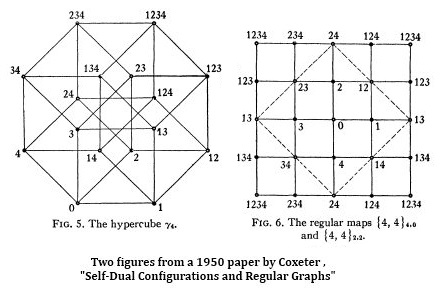|
And no fact of Alain Resnais’s life seemed to strike a stranger note than his assertion that the films which first inspired his ambition to become a film director were those in which Fred Astaire and Ginger Rogers danced. Or was it Dick Powell and Ruby Keeler? He could never be sure. “I wondered if I could find the equivalent of that exhilaration,” he recalled. If he never did it was perhaps because of his highly cultivated attitude to serious cinema. His character and temperament were more attuned to the theory of film and a kind of intellectual square dance* which was far harder to bring to the screen with “exhilaration” than the art of Astaire and Rogers. *See today's 11 AM ET Sermon. |
Sunday, March 2, 2014
Square Dance
Plato Thanks the Academy…
… With a trip to yesteryear suggested by
the Feb. 28 New York Times article
"Casting Shadows on a Fanciful World"
("Wes Anderson Evokes Nostalgia in
'The Grand Budapest Hotel' ").
Sermon
Raiders of the Lost (Continued)
"Socrates: They say that the soul of man is immortal…."
From August 16, 2012—
In the geometry of Plato illustrated below,
"the figure of eight [square] feet" is not , at this point
in the dialogue, the diamond in Jowett's picture.
An 1892 figure by Jowett illustrating Plato's Meno—
A more correct version, from hermes-press.com —
|
Socrates: He only guesses that because the square is double, the line is double.Meno: True.
Socrates: Observe him while he recalls the steps in regular order. (To the Boy.) Tell me, boy, do you assert that a double space comes from a double line? Remember that I am not speaking of an oblong, but of a figure equal every way, and twice the size of this-that is to say of eight feet; and I want to know whether you still say that a double square comes from double line? [Boy] Yes. Socrates: But does not this line (AB) become doubled if we add another such line here (BJ is added)? [Boy] Certainly.
Socrates: And four such lines [AJ, JK, KL, LA] will make a space containing eight feet? [Boy] Yes. Socrates: Let us draw such a figure: (adding DL, LK, and JK). Would you not say that this is the figure of eight feet? [Boy] Yes. Socrates: And are there not these four squares in the figure, each of which is equal to the figure of four feet? (Socrates draws in CM and CN) [Boy] True. Socrates: And is not that four times four? [Boy] Certainly. Socrates: And four times is not double? [Boy] No, indeed. Socrates: But how much? [Boy] Four times as much. Socrates: Therefore the double line, boy, has given a space, not twice, but four times as much. [Boy] True. Socrates: Four times four are sixteen— are they not? [Boy] Yes. |
As noted in the 2012 post, the diagram of greater interest is
Jowett's incorrect version rather than the more correct version
shown above. This is because the 1892 version inadvertently
illustrates a tesseract:
A 4×4 square version, by Coxeter in 1950, of a tesseract—
This square version we may call the Galois tesseract.




